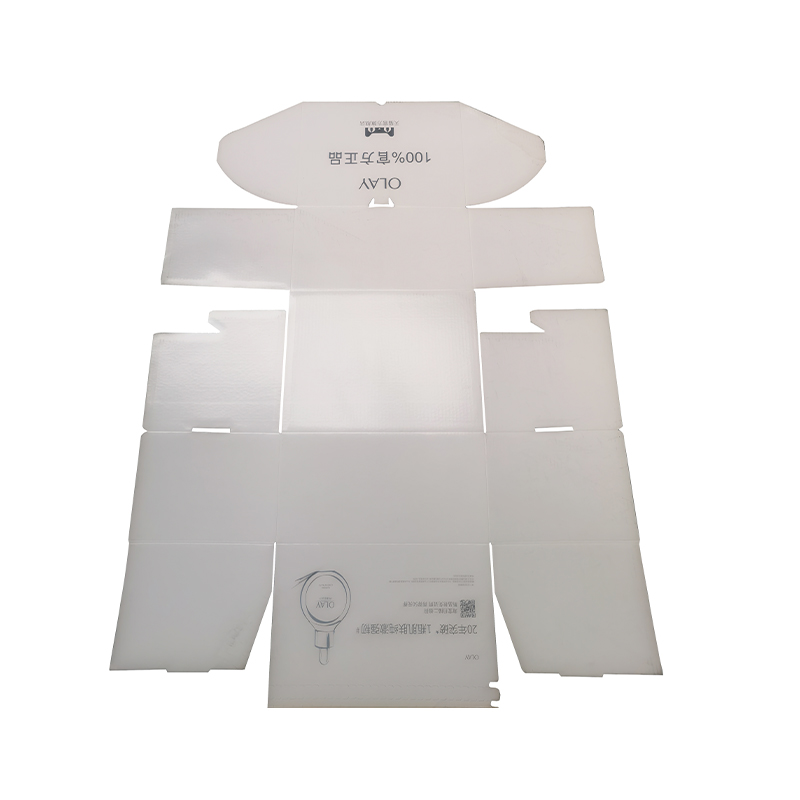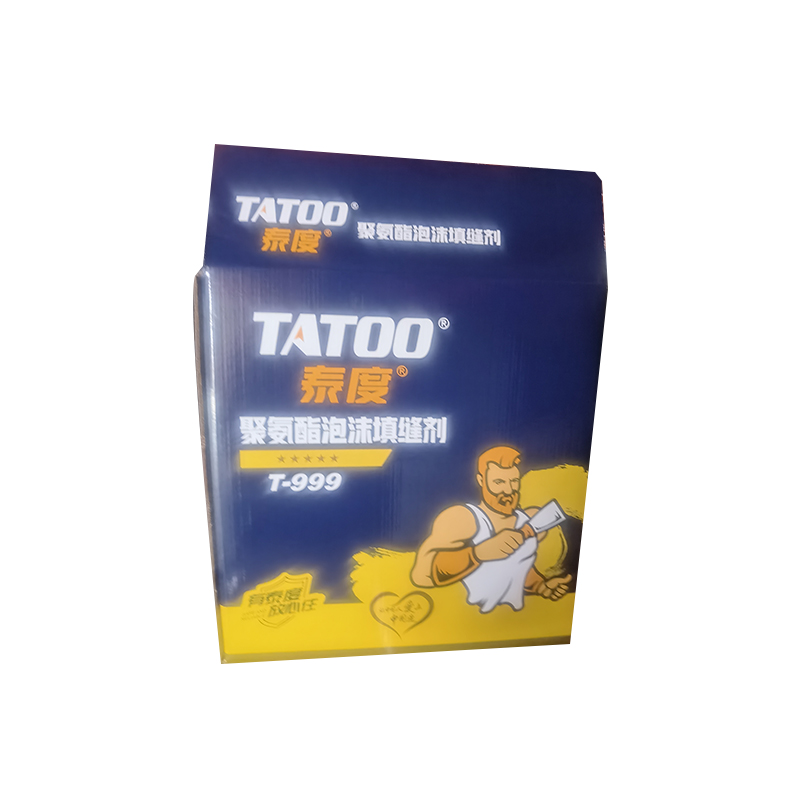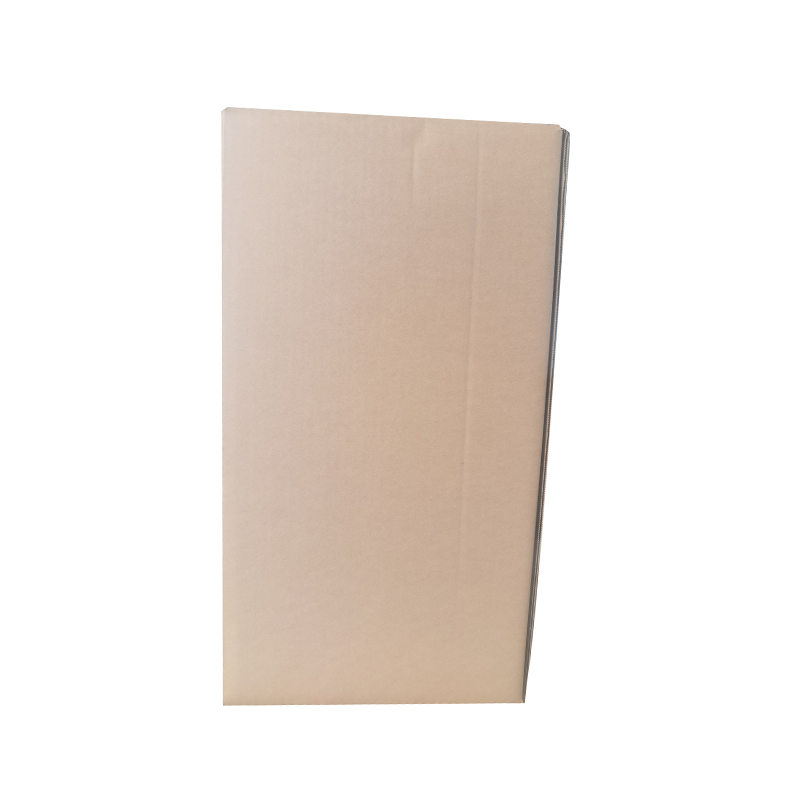What role does the breathable design of express boxes play in fresh produce packaging?
Release Time : 2025-11-06
The breathable design of express boxes plays a crucial role in fresh produce packaging. By scientifically regulating airflow, it effectively solves the problem of quality deterioration caused by oxygen deficiency and humidity imbalance during transportation and storage. This design not only extends the shelf life of fresh produce but also enhances the functionality and practicality of the packaging from multiple dimensions.
Fresh produce such as fruits, vegetables, and meats continuously consume oxygen and release carbon dioxide through respiration in a sealed environment, leading to an imbalance in the gas composition inside the box. Traditional fully enclosed express boxes easily create a "suffocating" environment, accelerating the spoilage of fruits and vegetables or the deterioration of meat. The breathable design, through micropores or ventilation channels on the sides, bottom, or top of the box, allows for natural air exchange, maintaining a dynamic balance of oxygen and carbon dioxide inside the box. For example, under moderate ventilation conditions, fruits and vegetables can reduce the accumulation of ethanol produced by anaerobic respiration, reducing the risk of spoilage; meat can avoid dulling of color due to oxygen deficiency, maintaining its bright red color.
Humidity control is another core challenge in fresh produce preservation. High humidity environments easily breed mold, while low humidity causes fruits and vegetables to wilt due to dehydration. Breathable design indirectly affects the humidity level inside the box by regulating airflow speed. Some innovative designs add dust filters and activated carbon packs inside the ventilation holes, which not only block dust and microorganisms from entering but also absorb excess moisture, preventing condensation buildup. For example, Nantong Tianhe Packaging's patented technology uses a moisture-proof box and ventilation slots in the bottom cover, combined with ventilation holes on the sides of the box, to form a dual-effect "breathable-moisture-proof" system, keeping the humidity inside the box stable within a suitable range and significantly reducing losses of fresh produce caused by humidity fluctuations.
Breathable design also reduces the risk of physical damage by optimizing airflow paths and reducing direct contact between fresh produce and packaging materials. Uneven pressure distribution inside traditional cardboard boxes during stacking or handling can lead to indentations or cracks on the surface of fruits and vegetables. Breathable design, by dispersing pressure and using cushioning materials (such as sponge support panels), forms a "breathable-pressure-reducing" protection mechanism. For example, some cardboard boxes feature a layered support structure inside the box, combined with ventilation holes, ensuring air circulation while dispersing external impacts and protecting the integrity of fresh produce.
The ventilation design can be further customized to suit the characteristics of different fresh products. For instance, leafy vegetables require high ventilation to prevent leaf rot, while root vegetables need moderate enclosure to retain moisture; tropical fruits (such as mangoes and bananas) need to avoid chilling injury, and the ventilation design can be combined with insulation materials to regulate the temperature inside the box; chilled meats require a ventilation design to balance cooling rate and humidity control to prevent the meat from drying out. This design philosophy of precisely matching needs upgrades the express box from a "general-purpose container" to a "smart preservation unit."
From an environmental and economic perspective, the ventilation design indirectly reduces packaging waste by reducing fresh produce spoilage. According to industry statistics, the spoilage rate of fresh produce due to improper packaging can reach 10%-30%, while the application of breathable cardboard boxes can reduce the spoilage rate by more than 50%. Furthermore, the breathable design often utilizes biodegradable materials and modular structures, facilitating recycling and reuse, aligning with the trend of green packaging development. For example, Guosheng Packaging in Biyang County uses a patented technology that combines movable and fixed mesh panels to achieve adjustable breathability, meeting the transportation needs of different seasons while extending the lifespan of the cardboard box.
The breathable design also synergizes with other packaging functions (such as shockproof, moisture-proof, and anti-theft). For instance, the combination of vents and anti-collision corners simultaneously improves the box's impact resistance and ventilation; the composite use of a breathable layer and vacuum-metallized film enhances waterproof performance while maintaining breathability. This "multi-functional integrated" design makes the express box an indispensable "freshness guardian" in the fresh produce logistics chain.
The breathable design of the express box provides comprehensive protection for fresh products by scientifically regulating airflow, humidity balance, and pressure distribution. It not only solves the pain points of traditional packaging but also promotes the development of fresh produce logistics towards efficiency, environmental protection, and intelligence. With the continuous advancement of technology, breathable design will be further integrated with technologies such as the Internet of Things and smart sensing to achieve real-time monitoring and dynamic adjustment of the packaging environment, injecting new momentum into the high-quality development of the fresh food industry.







